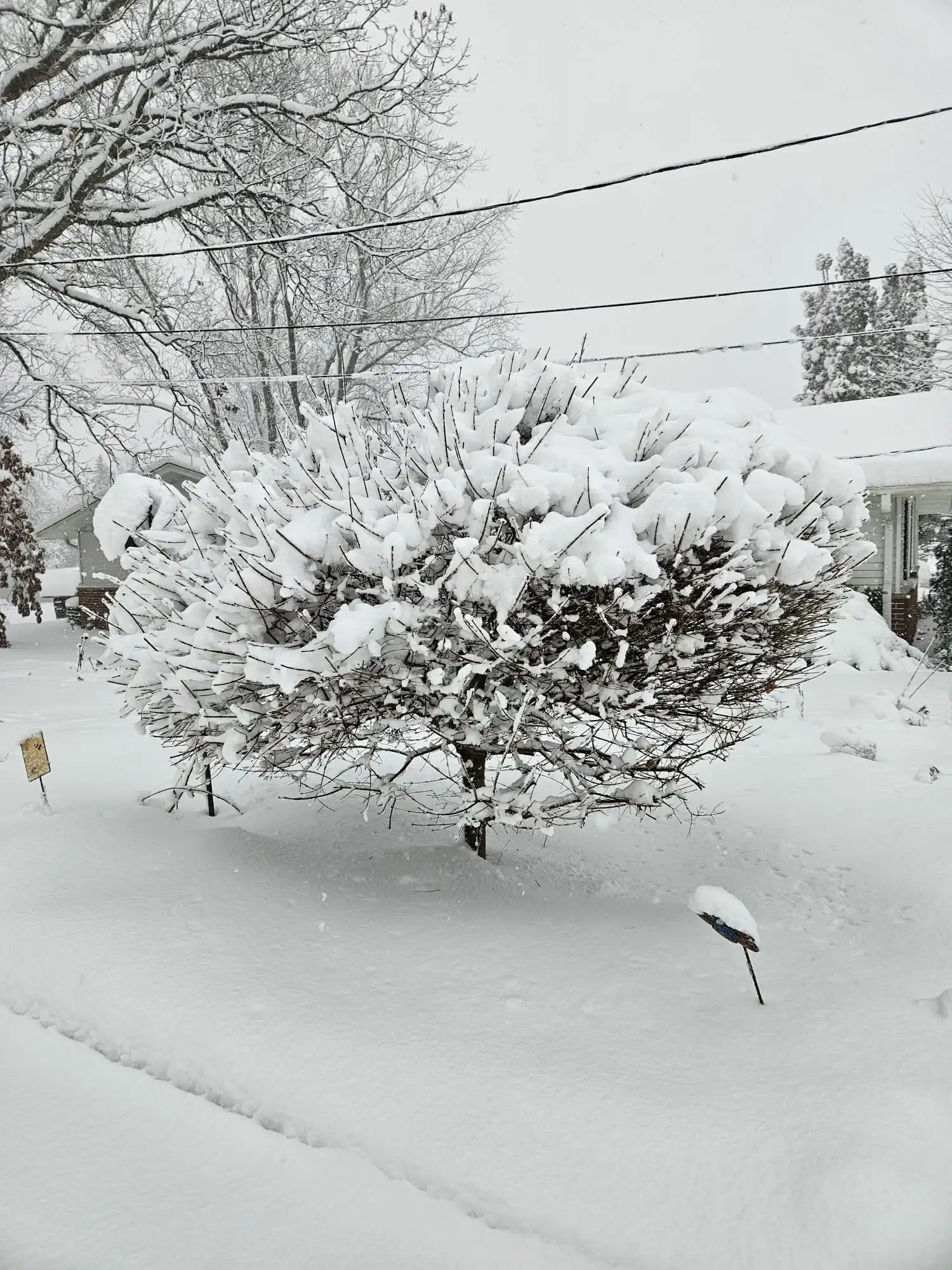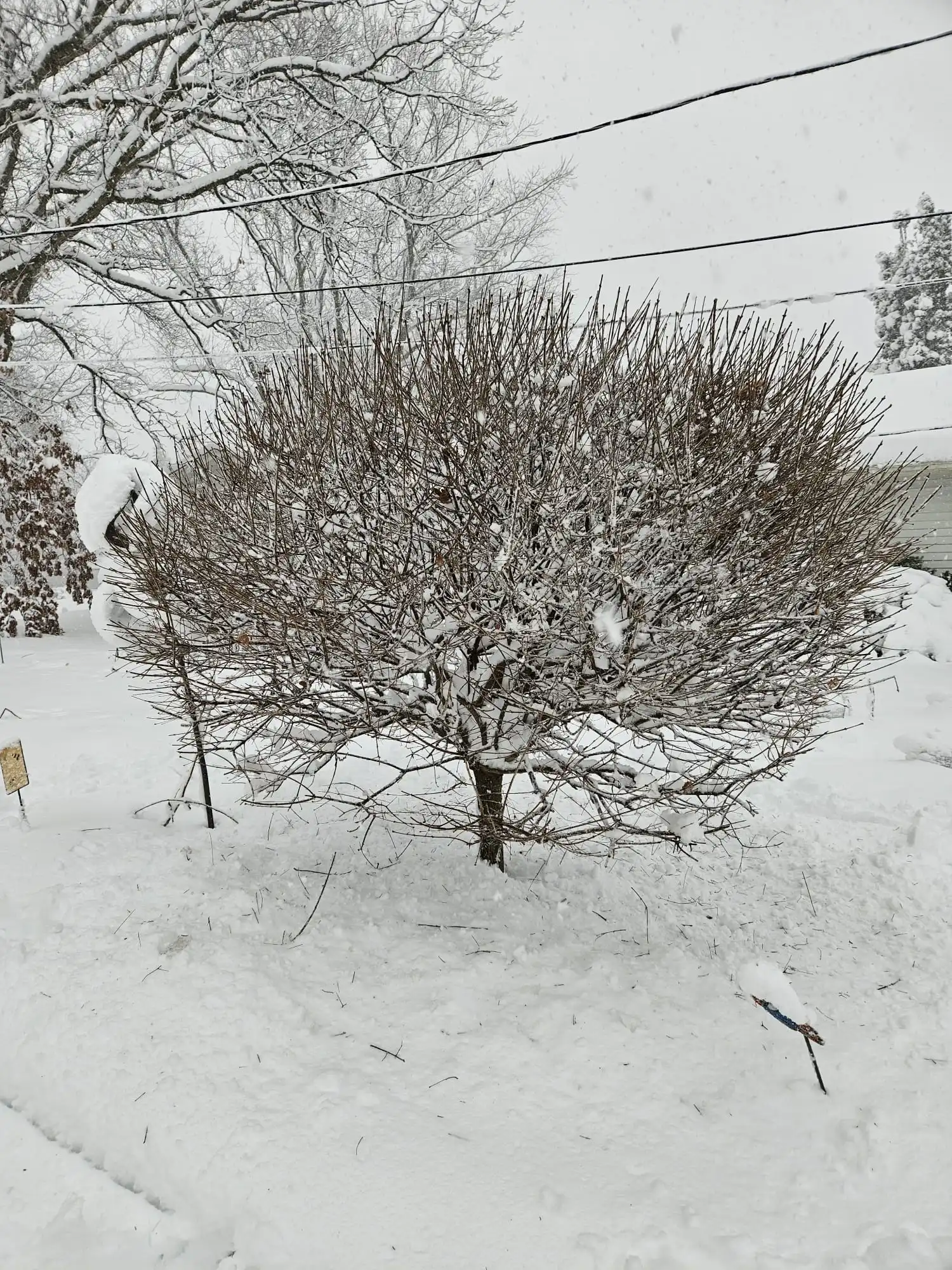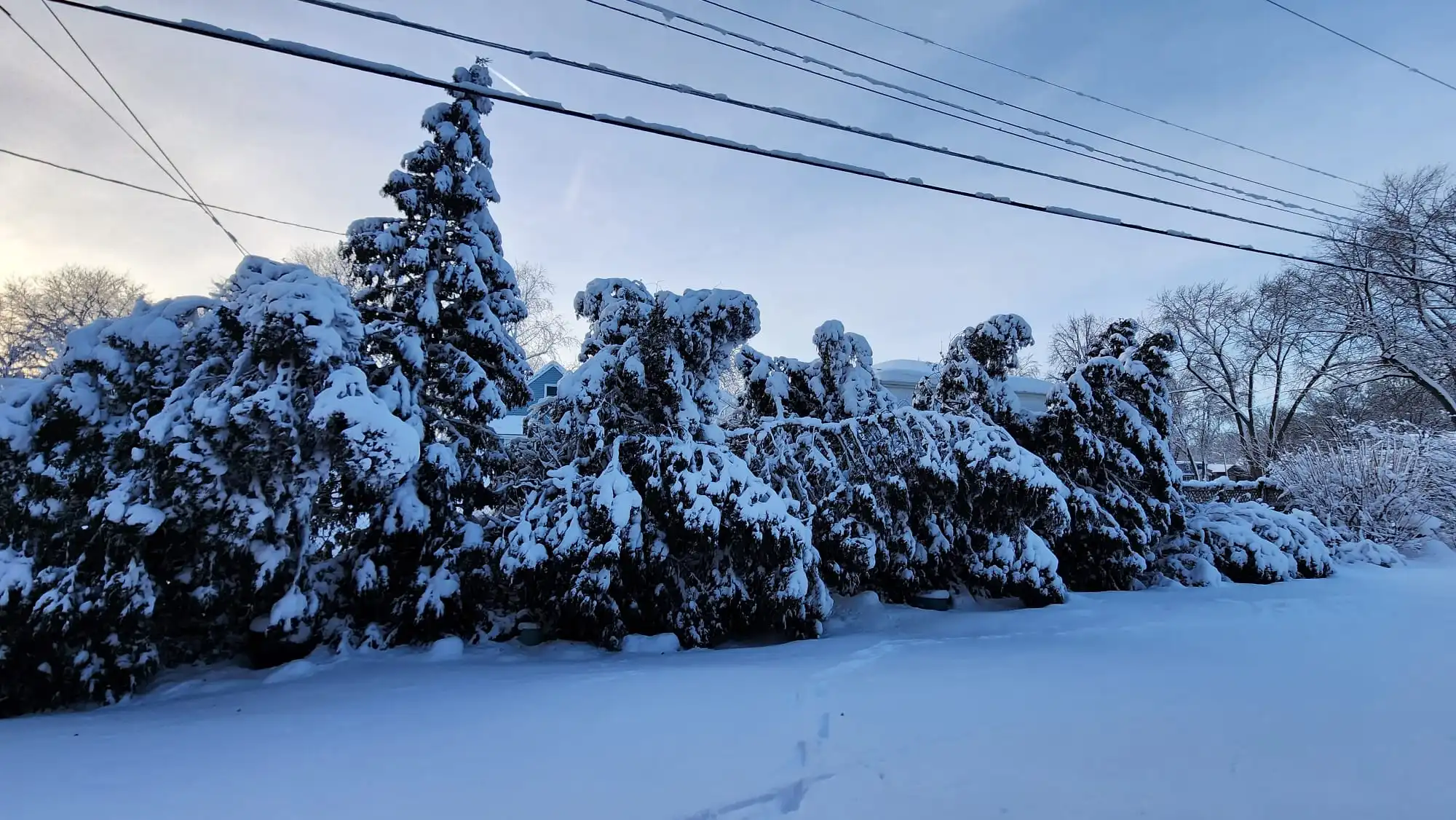In Wisconsin, our plants adapt to winter coming and going each year. The snow acts as a natural insulator to plants from winter’s freezing effects, then as it melts it helps replete the soil moisture for plants to use as they break dormancy. Yet, each winter is never the same... Some winters are heavier or colder and therefore more stressful on plants. When we experience heavy snow falls it adds excessive weight to shrubs and trees, which can lead to bending and cracking. We have yet to see whether the snow melt will cause waterlogged areas or repetitive cycles of freezing and thawing, which can also cause damage to both root systems and flower buds. With this heavy snowfall we have experienced thus far January 2024, will plants bounce back? Are they bent beyond their natural ability to heal? Are there tiny cracks, flaws, or cell damage in the trunks? We will have to wait and see!


During heavy snow falls, the primary focus is minimizing the weight burden. For structural support requirements, we advise waiting until temperatures rise above 35°F to prevent branch breakage. To illustrate, think of a sprained ankle (stretched/torn ligaments)... though nothing is completely broken, the plant cells and structure are stretched. Bracing or gently tying up the plant will aid in correcting its structure as it recovers. This analogy excludes plants that have already splayed or broken. If splaying has occurred, structural pruning will need to be done on the plant. Our goal in this field of work is to save and help plants and oftentimes doing nothing is the best course of action in the moment.
Small and multistem trees are more susceptible to heavy ice and snow damage. They easily bend far over to where their tops are near or even touching the ground. The heavy load over time can lead to failure and cause snapping in the bark.

Overall, structural damage is very common to spot because we can visually see the damage, but tree roots can be greatly affected by the cold weather too, especially with minimal snow coverage. In that case, deep frost in the ground causes the die off of the fine root tips that grow deep below the surface absorbing water and minerals from the surrounding soil. When a significant number of roots die back it won’t completely kill the plant but creates a greater risk to insect and disease infestations.
Another concern to look for are ice dams that form along the eaves of roofs. These will occur when the air inside your attic or top floor of your home is warmer than the outdoor temperature. The snow melts on warm patches of roofs, then water drips down and refreezes at the eaves, eventually building into an ice dam–typically seen as a group of icicles near the roof edge. Roof raking the snow is a preventative action to keep deep snow from piling up near the roof edges. Keep a watchful eye! Beautiful Bloom can assist with this also if needed.




Comments (0)
Sorry! The comments have been closed.